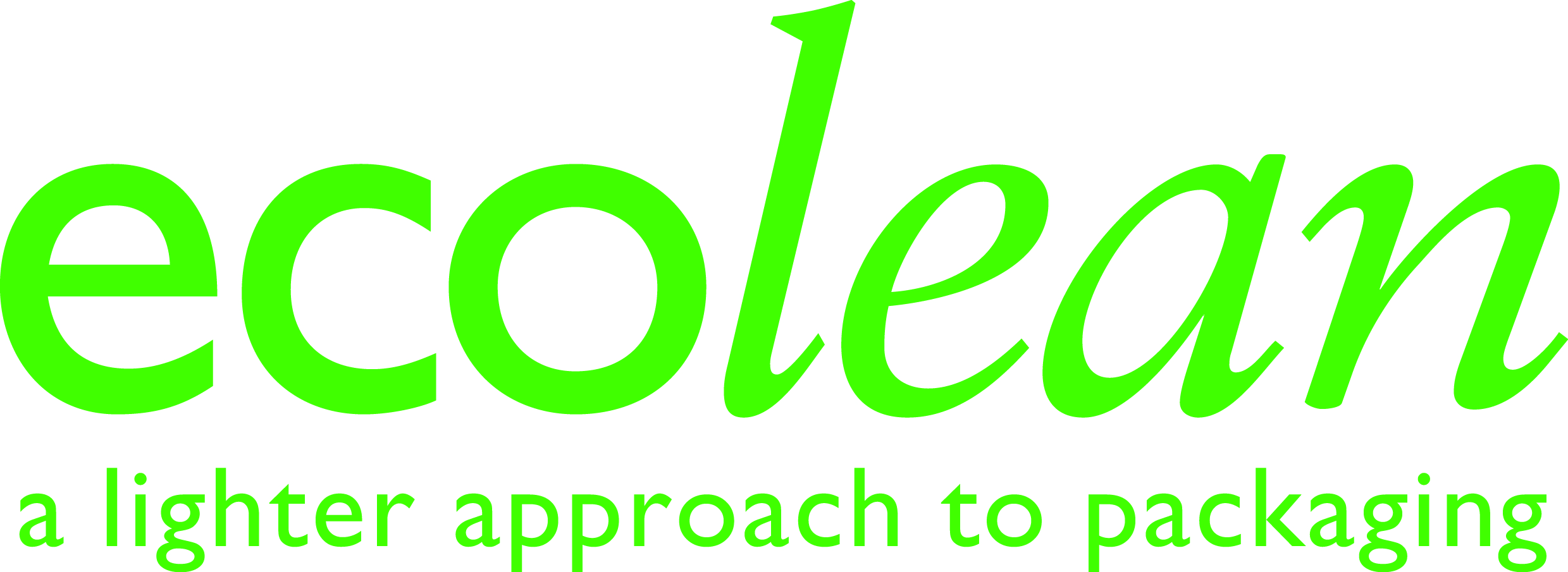Promotional Features
Don’t let the details fool you – to make sustainable packaging decisions, you need the full picture
Companies that have an interest in being successful in their investments for a more sustainable future really need to get their environmental facts straight.
An ever-increasing global focus on sustainability has turned facts and data on environmental impact into hard currency. However, in order to be able to make truly informed investment decisions from a sustainability perspective, brand owners need a comprehensive analysis that assists comparability.
The packaging industry really needs to stop focusing on communicating only a small part of their offerings and instead look to their full environmental life cycle impact so as to provide the full picture regarding sustainable packaging. In order to assist customers to make informed packaging investments, Ecolean, a Swedish packaging supplier for liquid food products, has just now launched an ambitious project that allows its customers evaluate the environmental impact of Ecolean’s packaging system, and to do so in a truly comparable way.
A need for comparable facts
Companies that have an interest in being successful with their investments for a more sustainable future really need to get their environmental facts straight. This is not an easy task, as the development of publishing environmental data varies around the globe. And especially even more so if one needs comprehensive and comparable facts and figures from a product life-cycle perspective.
That’s where the environmental product declaration, or the “EPD,” enters into the picture. The EPD is an independently verified and registered document based on verified life-cycle assessment (LCA) data. By using EPDs in accordance with ISO 14025, companies can communicate the environmental performance of their products in a transparent way. And if done properly, it clearly shows the impact of equipment and products from sourcing to end-of-life. In essence, EPD’s provide everyone with the right tools to make informed choices and decisions.
Ecolean has dedicated its environmental focus to developing a comprehensive set of EPDs over the course of 2017, one which offers a comparable data set and analysis of its complete packaging system, both filling machines and packages.
“Being resource-efficient and making as little impact on the environment as possible, has always been central in the Ecolean way of life. We develop our lightweight packages and filling machines from a life cycle perspective. And our ambition is to be as open and transparent as possible with our environmental impact. That’s why we decided to push the environmental agenda in our industry and develop four very comprehensive EPDs that detail our environmental impact,” says Anna Palminger, sustainability manager at Ecolean.
Finding the hard facts that makes an EPD a true usable resource
The International EPD® System is a programme for voluntary and transparent communication of the life-cycle environmental impact of goods and services. With some twenty years of experience, and a library consisting of certified environmental product declarations from 39 countries, EPD® serves as a credible choice for B2B and B2C communication based on ISO 14025 and other international standards.
For Ecolean, the process of developing the EPDs has proved to be beneficial from many different perspectives, not the least in directing increased internal focus on environmentally-related issues and processes. However, in order for one to get EPDs approved, a clear-cut process set up by EPD International must be complied with. The definition of the system boundaries is found in a document named product category rules (PCR). The fact that EPDs within the same product category follow the same rules enables comparisons between the EPDs. Since the system boundaries in a LCA are established by the producer of the LCA, the results from a LCA can at times be very difficult to compare with others. The EPDs are open sourced and always available.
The EPD development process
“I welcome the publication of environmental product declarations by Ecolean, providing a transparent declaration of the life-cycle environmental impact of their products. This is to my knowledge the first case where a company published EPDs of both their packaging and filling machines, which demonstrates how communication of life-cycle based environmental information may be relevant for different applications and target audiences, says Kristian Jelse, programme manager, the International EPD® System.
Increased focus on sustainability – for the long-term goal
In the coming years, Ecolean intends to use the EPDs – internally as well as externally – as a tool providing guidance. And in its efforts to assist customers and other important target groups to assess different packaging systems and interpret the data in order to adopt a life-cycle approach to the sustainability work.
“Thanks to all the work we have put into our EPDs, we are really looking forward to using this experience and our increased knowledge to help our customers make sustainable choices going forward. Within the term ‘sustainability,’ environmental, social and economic aspects are embedded. When these three are balanced, one can achieve a sustainable way of life and development. And it is our hope that everyone interested in Ecolean’s environmental impact will make use of our EPDs in order to make informed decisions on how we compare to other systems. I’m confident that they will find them both useful and enlightening,” says Palminger.
4 steps to make your decisions more sustainable
1. Take responsibility – to make a change for the better. To increase the usage of sustainable products, well-weighed decisions, based on accurate facts and verified data, are needed. Make it a routine to always ask for EPDs from your suppliers.
2. See the full picture – not just one part of the package’s’ life-cycle, or the part that the packaging supplier is asking you to focus on.
3. Ask for EDPs for full transparency – EPDs can offer you the possibility to make a true comparison of the various different systems, on a fair basis.
4. Engage the consumers – educate them about the role which the packages and packaging materials actually play. Use information from the EPDs to prove your point.
The Ecolean environmental product declarations
Links:
- Wikipedia: Environmental Product Declaration
- The International EPD® System




